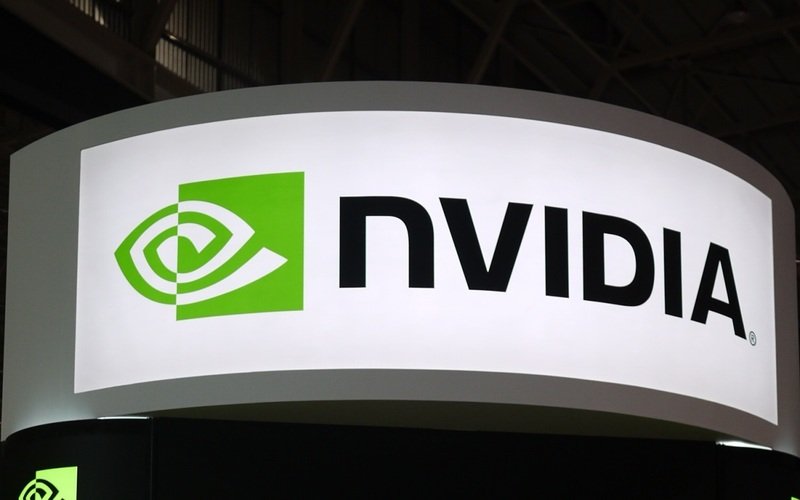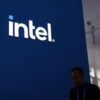On Monday, Nvidia Corp (NVDA.O) announced a partnership with the University of Bristol to build a supercomputer to compete with Intel Corp (INTC.O) and Advanced Micro Devices Inc (AMD.O).
Nvidia makes the most GPUs for AI. ChatGPT used Nvidia GPUs.
Nvidia’s GPU processors are frequently paired with Intel or AMD CPUs, which have dominated for decades. This year, Nvidia debuted its Arm Ltd.-based Grace CPU processor.
At a supercomputing conference in Germany on Monday, Nvidia unveiled the development of Isambard 3, a Grace CPU-only machine, with British researchers and HPE.N. Climate science, drug discovery, and other studies will use the Bristol system.
“It’s exciting because it runs on 270 kilowatts.”That’s six times more performance and energy efficiency than the university’s previous system, Isambard 2,” Nvidia general manager and vice president of accelerated computing Ian Buck said in a press briefing.


















































Comment Template